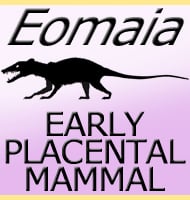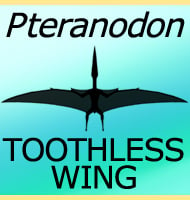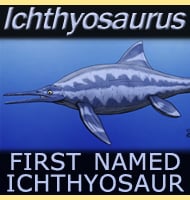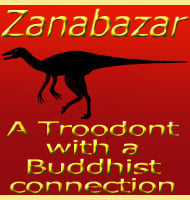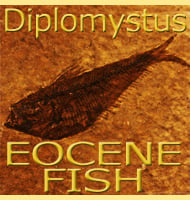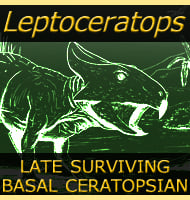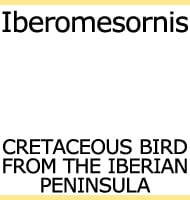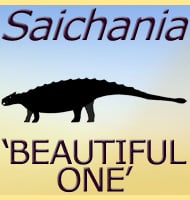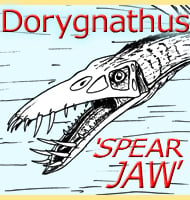In Depth
Although the name Anodontosaurus means ‘toothless lizard’, the teeth were only lost when the holotype skull of Anodontosaurus became compressed during fossilisation. Anodontosaurus was once synonymised with the genus Euoplocephalus, but a re-description of Dyoplosaurus in 2009 by Arbour et al. (also once synonymised with Euoplocephalus) led to the original Anodontosaurus fossils being re-established as a distinct genus by Victoria Arbour in 2010. New studies since this time further support the description of Anodontosaurus as a distinct genus.
As an ankylosaurid dinosaur, Anodontosaurus would have been a quadrupedal herbivore that was covered in bony armour along the back and sides while possessing a bony club on the end of its tail. These things combined would have formed the main defence against late Cretaceous predators.
Anodontosaurus likely shared its habitat with the nodosaur Edmontonia, ceratopsians such as Anchiceratops and Pachyrhinosaurus and hadrosaurs such as Hypacrosaurus and Saurolophus. Other kinds of dinosaur such as Ornithomimus were also present, but it was the larger predators such as tyrannosaurs like Albertosaurus that Anodontosaurus would have to keep a special watch for.
Further Reading
- A toothless armoured dinosaur from the Upper Cretaceous of Alberta, Charles Mortram Sternberg - 1929. - A redescription of the ankylosaurid dinosaur Dyoplosaurus acutosquameus Parks, 1924 (Ornithischia: Ankylosauria) and a revision of the genus, V. M. Arbour, M. E. Burns & R. L. Sissons - 2009. - A Cretaceous armoury: Multiple ankylosaurid taxa in the Late Cretaceous of Alberta, Canada and Montana, USA, Victoria Arbour - 2010.

